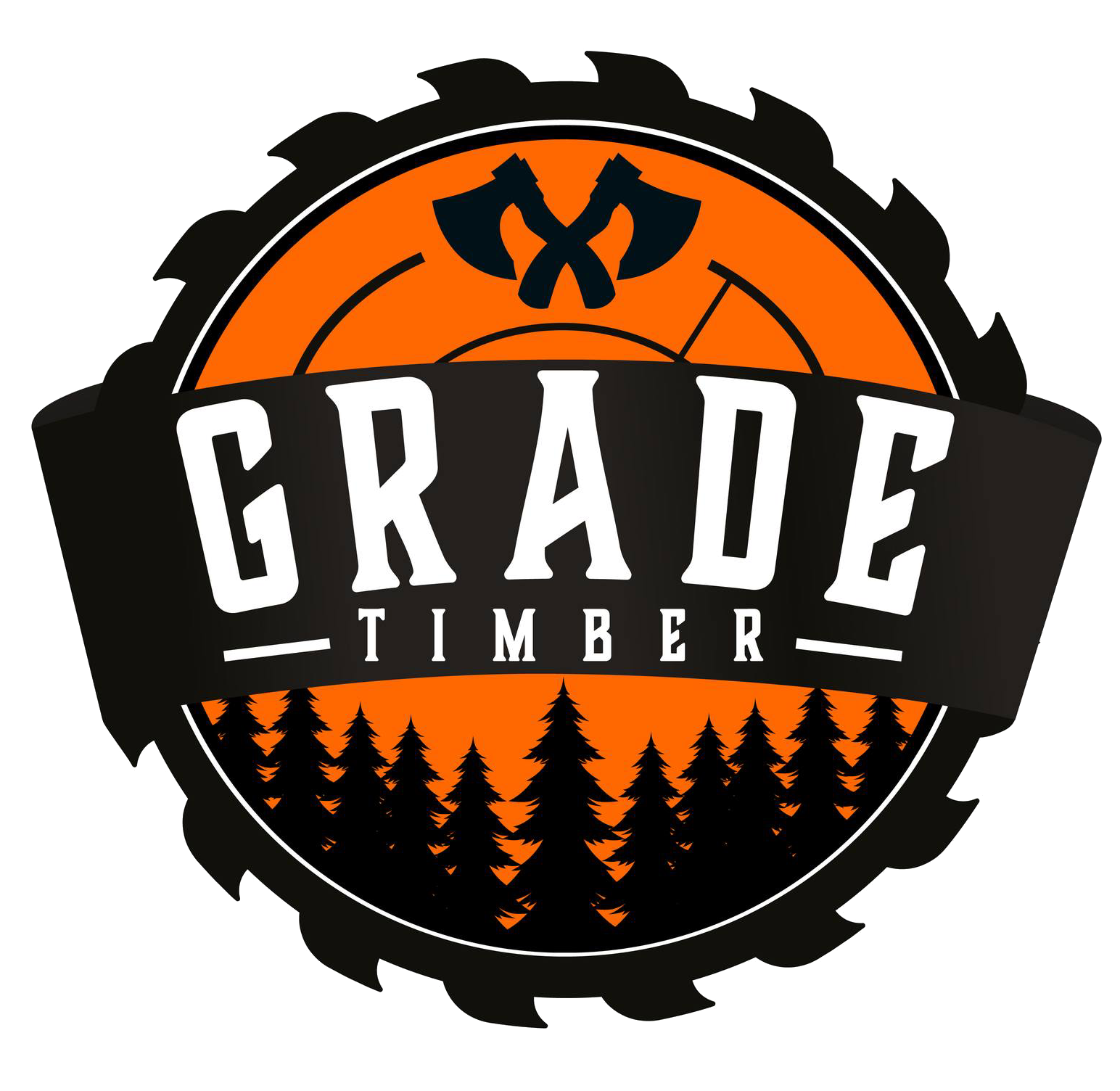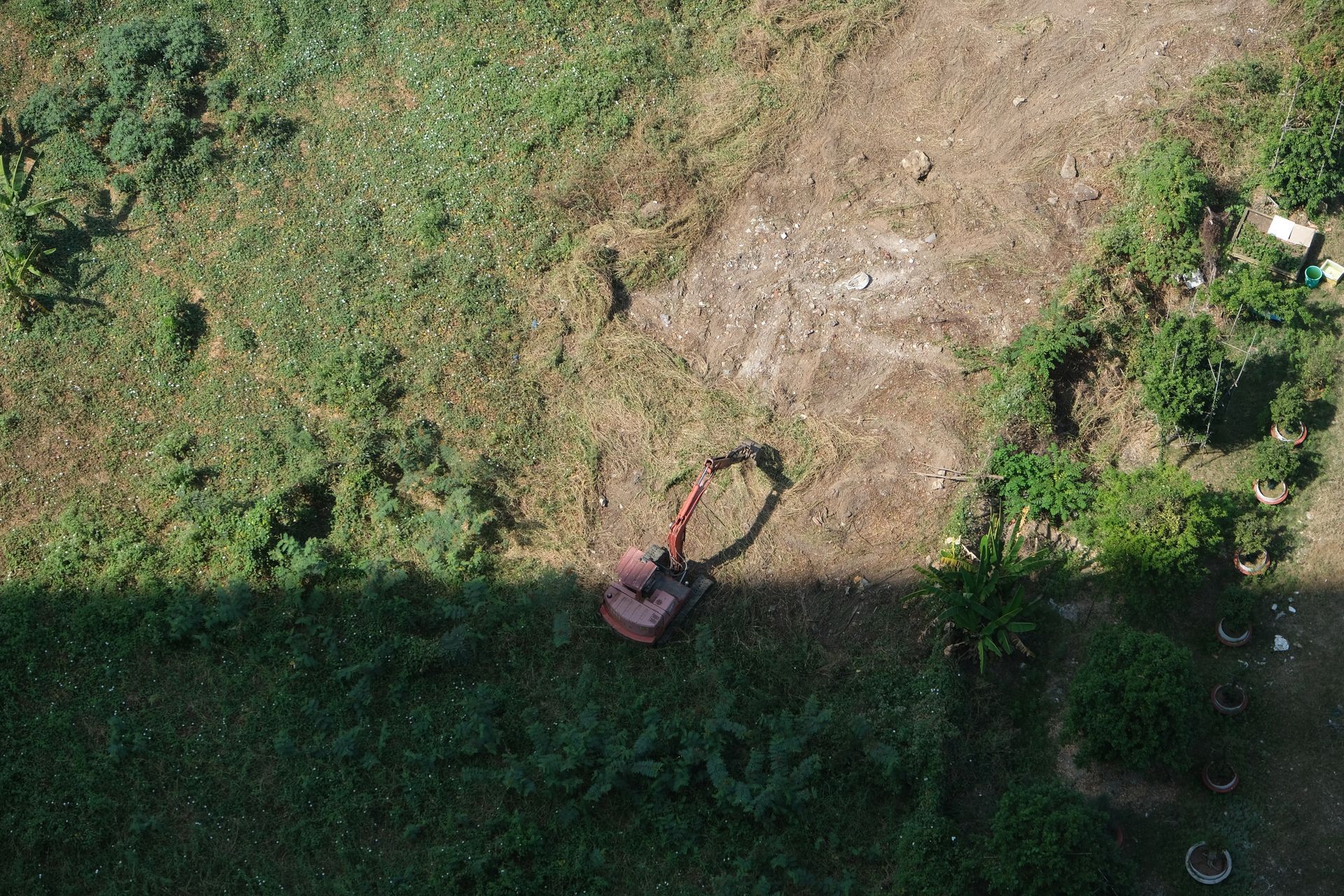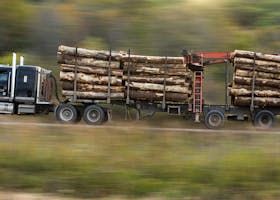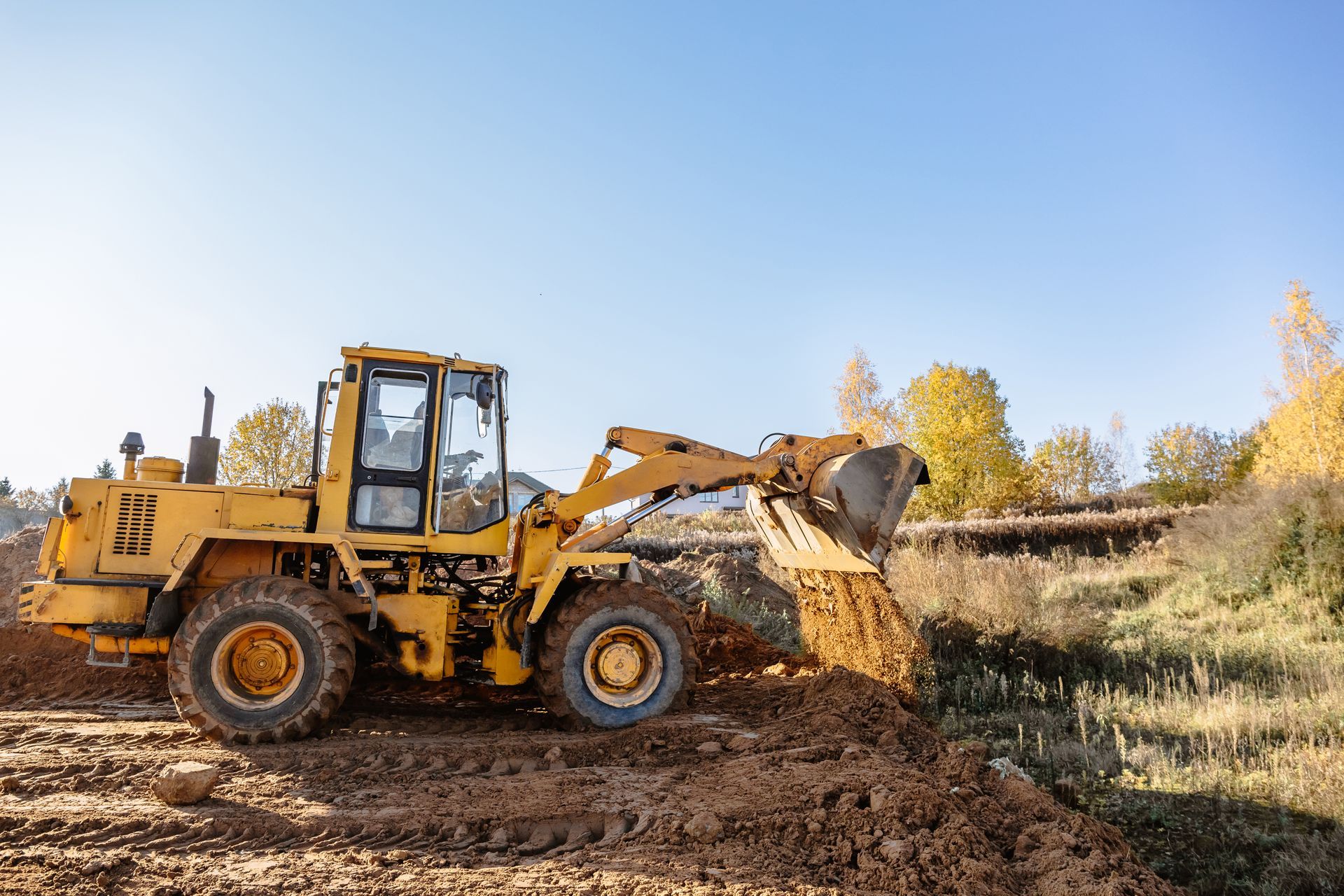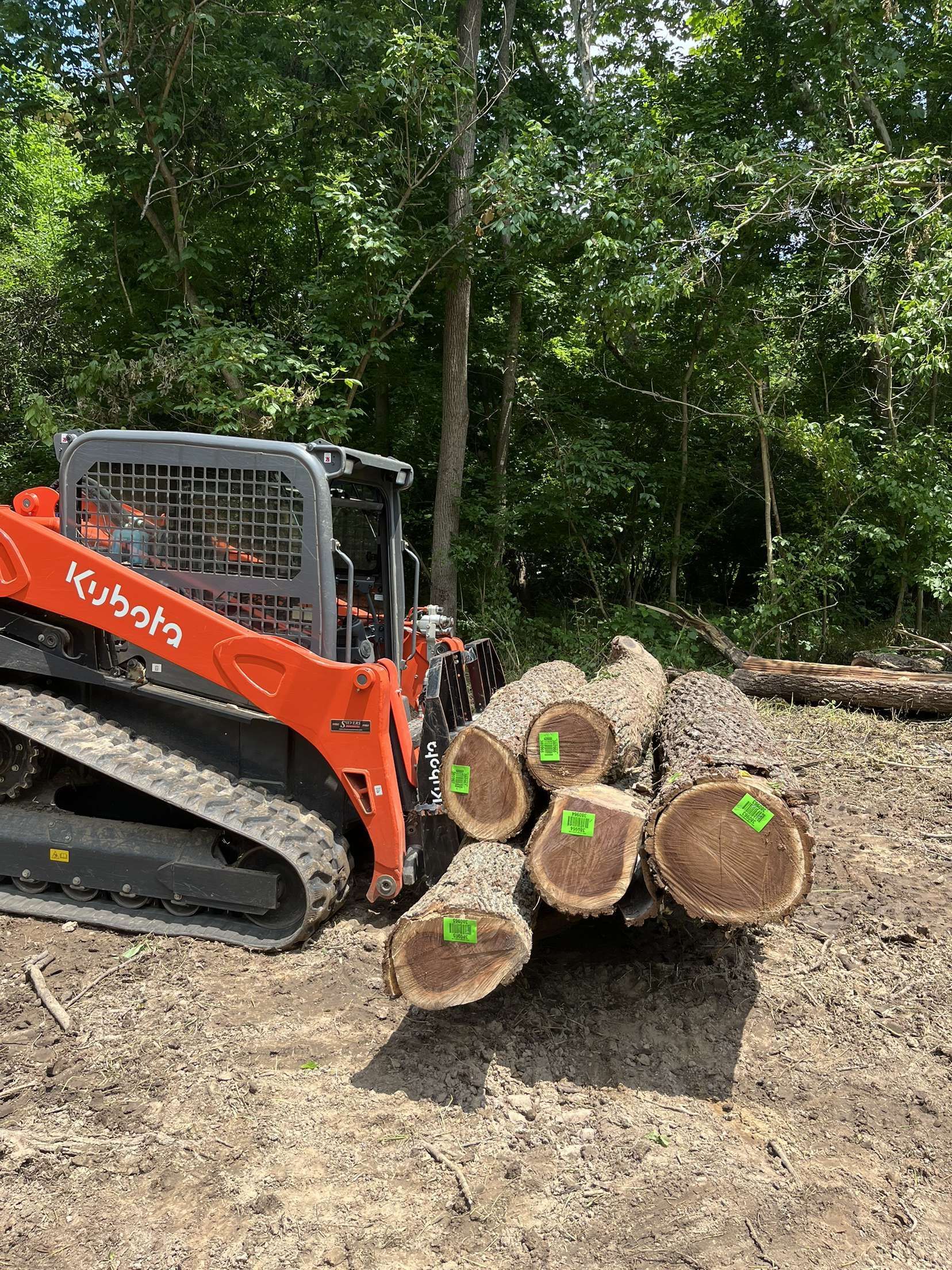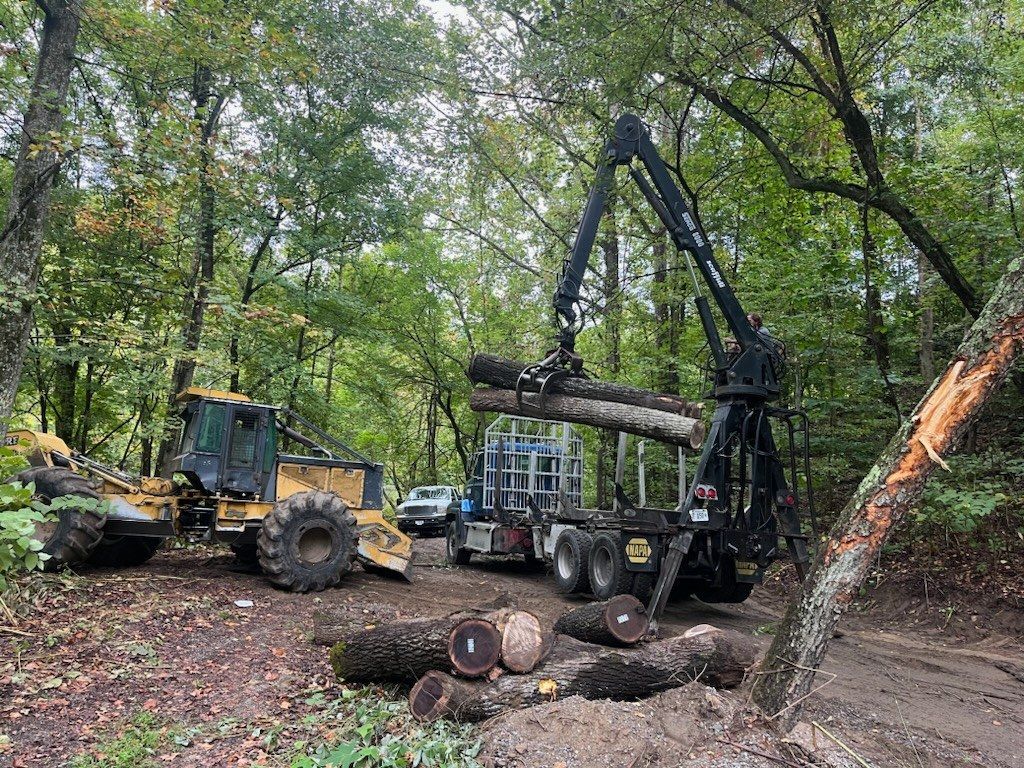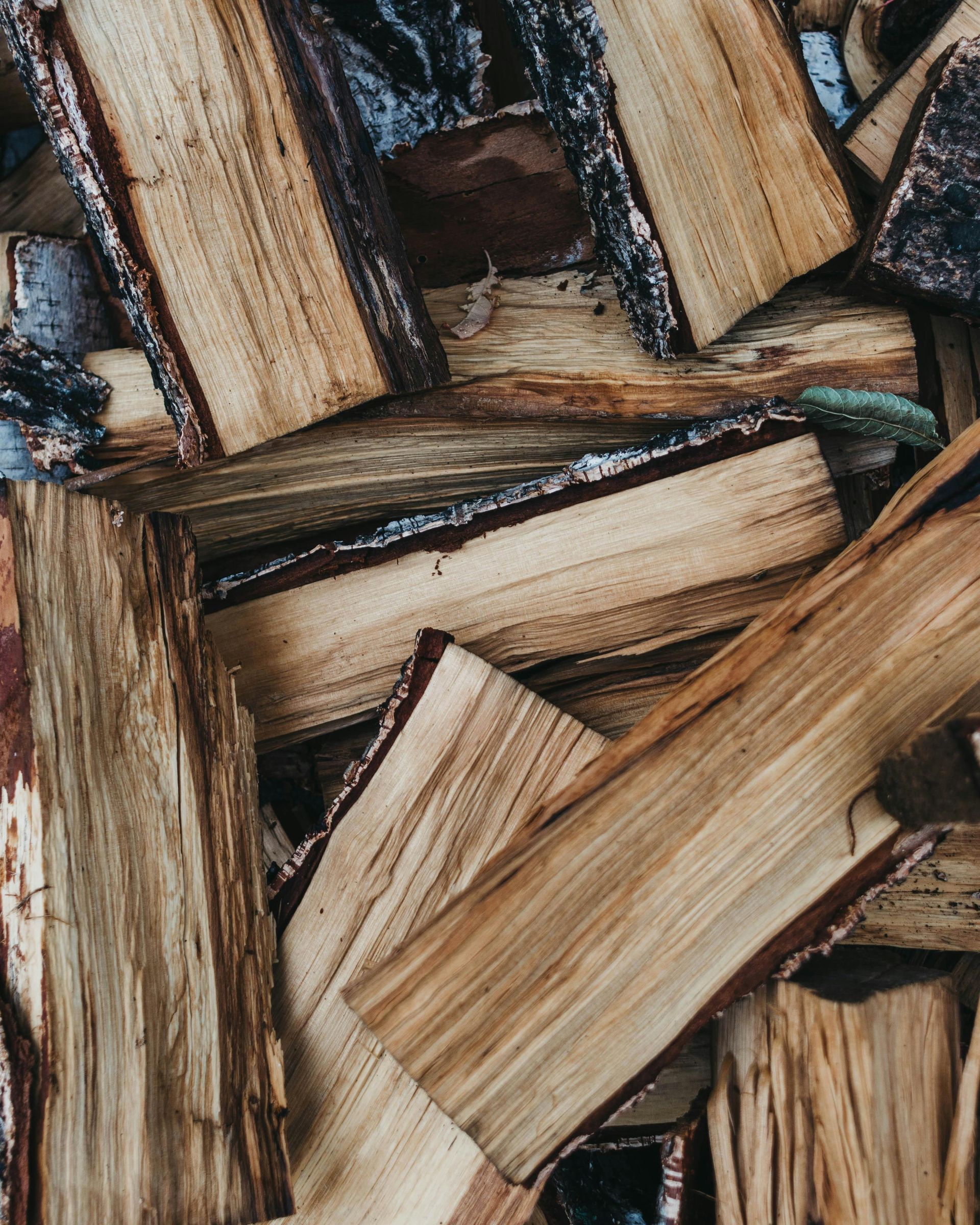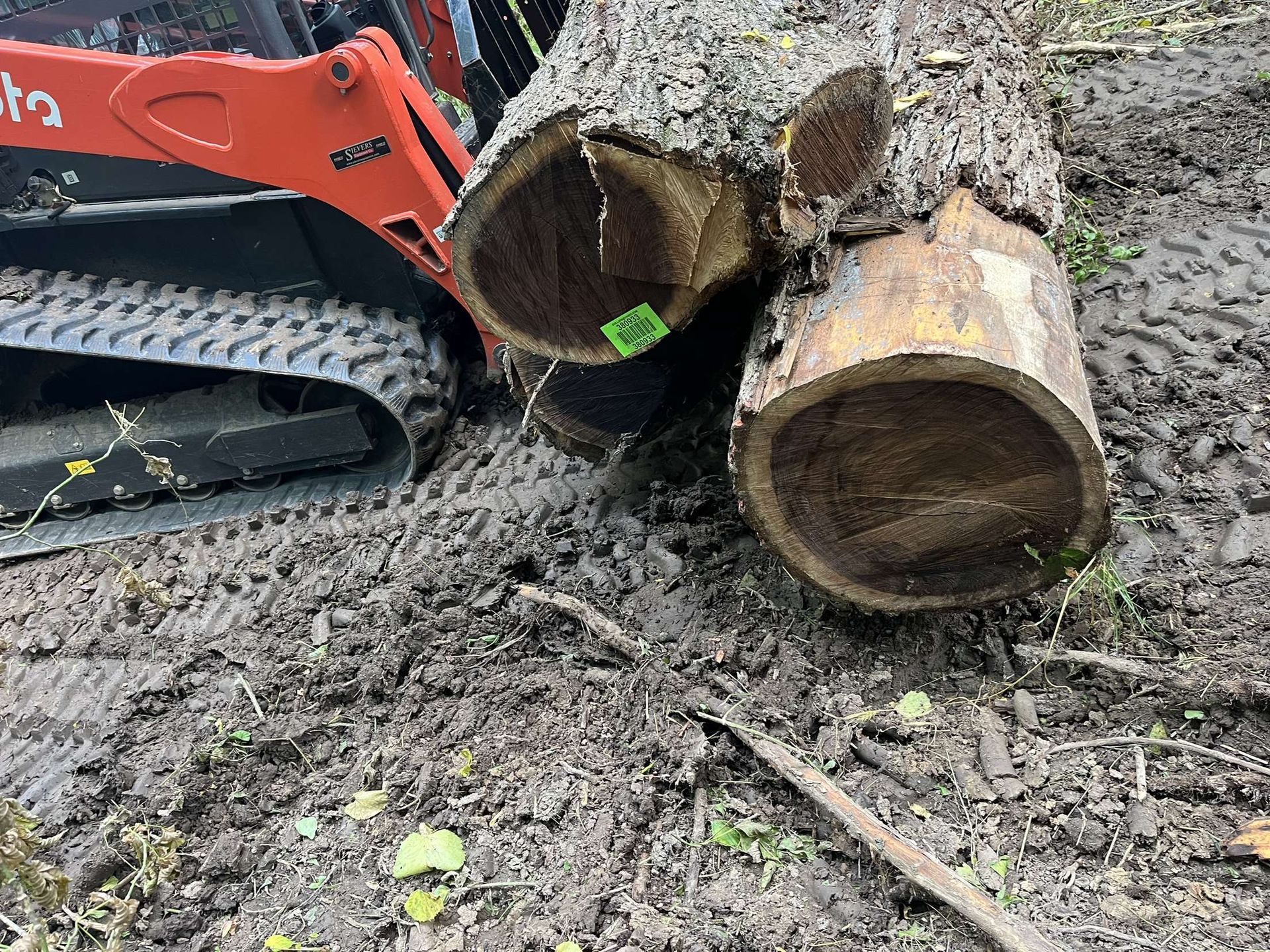How to Identify and Value Black Walnut Trees on Your Property for Logging
As an Illinois landowner, you may have a hidden treasure growing right on your property: black walnut trees (Juglans nigra). These majestic hardwoods are among the most valuable timber species in the Midwest, prized for their straight grain, rich chocolate-brown heartwood, and versatility in high-end applications like furniture, flooring, veneer, and gunstocks. With over 4.4 million acres of forestland in Illinois—much of it privately owned—the potential for profitable
logging is substantial, especially amid rising timber demands in 2025. However, realizing that value starts with accurate identification and appraisal. Misidentifying a tree or undervaluing its quality can lead to lost revenue or unsustainable harvesting.
This in-depth guide, brought to you by GradeTimber.com, will walk you through visual cues, growth patterns, and proven appraisal methods tailored for Illinois landowners. We'll cover essential tools like diameter measurements and veneer quality checks, drawing on resources from the Illinois Department of Natural Resources (IDNR) and University of Illinois Extension. By targeting SEO-friendly searches such as "identifying valuable walnut trees for sale in Illinois" or "black walnut tree value appraisal," this post positions Grade Timber as your go-to expert in
timber grading and sustainable forestry. Whether your land is in the fertile river valleys of central Illinois, the unglaciated hills of the south, or the prairies up north, these insights will empower you to assess your walnut stands confidently and maximize returns while adhering to state guidelines.
Understanding Black Walnut Growth Patterns in Illinois
Black walnut trees thrive in Illinois' diverse ecosystems, particularly in deep, well-drained, fertile soils along floodplains, river bottoms, and upland sites. Native to the eastern U.S., they are commonly found in mixed hardwood forests alongside oaks, hickories, and maples. In Illinois, black walnuts prefer loess-derived soils in the western and southern regions, where annual rainfall averages 35-45 inches and temperatures support robust growth. These trees can live 150-250 years, reaching heights of 70-150 feet and trunk diameters of 2-5 feet in optimal conditions. Growth patterns provide early clues for identification. Young black walnuts exhibit rapid vertical growth, often 2-3 feet per year in open areas, but slow in shaded understories. Mature trees develop a straight, tall bole (trunk) with a rounded, open crown that spreads 50-70 feet wide. They are intolerant of shade, so they often dominate disturbed sites like old fields or edges of woodlands. A unique trait is their allelopathic nature: roots and fallen husks release juglone, a chemical that inhibits competing plants, creating sparse undergrowth beneath the canopy. This
"walnut wilt" effect is a practical indicator on your property—look for bare patches under suspect trees.
Seasonal changes aid identification. In spring, buds are fuzzy and pointed; summer brings compound leaves; fall yields nuts and yellow foliage; winter reveals distinctive bark and twigs. Illinois' climate, with cold winters and humid summers, enhances these patterns, making walnuts more prominent in fall when nuts litter the ground.
Visual Cues for Accurate Identification
Spotting a black walnut relies on multiple visual markers to distinguish it from look-alikes like butternut (Juglans cinerea) or invasive tree-of-heaven (Ailanthus altissima).
● Bark: Mature bark is dark brown to black, deeply furrowed into interlocking diamond-shaped ridges, giving a rough, textured feel. Younger bark is smoother and
grayer. Unlike tree-of-heaven's smooth, pale bark or butternut's lighter, ridged pattern, black walnut bark darkens with age and resists peeling.
● Leaves: Compound and alternate, with 15-23 lance-shaped leaflets (2-4 inches long)
featuring finely serrated edges. The terminal leaflet is often absent or small. Leaves are aromatic when crushed, emitting a citrusy scent. Compare to tree-of-heaven's smoother, non-serrated leaves or butternut's fewer (11-17) leaflets.
● Twigs and Buds: Twigs are stout, olive-brown, with a chambered pith—slice lengthwise to see the spongy, segmented core, a hallmark trait. Leaf scars are large, three-lobed (like a monkey face), and buds are fuzzy, valvate (meeting at edges).
● Fruit and Nuts: Green, spherical husks (2-3 inches) enclose a hard, ridged nut that ripens in September-October, turning black and staining surfaces. Husks are thicker than butternut's sticky, elongated ones.
● Winter Identification: Without leaves, rely on bark, leaf scars, and persistent nuts. Illinois winters make this easier, as fallen husks accumulate. For fieldwork, use a pocket knife for pith checks or apps like iNaturalist for photo verification. Survey during growing seasons, marking trees with GPS for inventory. Common misidentifications include sumac or ash, but walnuts' combination of traits sets them apart.
Essential Tools for Measurement and Assessment
Accurate valuation requires precise tools to quantify size and quality.
● Diameter Tape or Calipers: Measure diameter at breast height (DBH, 4.5 feet up). Wrap the tape around the trunk for circumference, converting to diameter (divide by π). Valuable trees exceed 18-20 inches DBH.
● Biltmore Stick or Clinometer: Estimate height and merchantable log length (to first branch). Aim for 8-16 feet of clear bole.
● Increment Borer: Extract core samples to determine age and growth rings, indicating site quality.
● Log Scaling Tools: Use a logger's tape for length and a scaling stick for volume in board feet (BF). These tools, available at forestry suppliers, help estimate volume via formulas like the International 1/4-inch log rule: For a 24-inch DBH, 16-foot log, yield ≈220 BF.
Appraisal Methods: Step-by-Step Valuation
Valuing black walnuts combines field assessment with market knowledge.
1. Inventory and Grading: Catalog trees by DBH, height, and defects. Grade logs: Veneer (premium, straight, defect-free, >18 inches DBH); Sawlog (knotty but usable); Cull (low value). Use USDA standards like FAS for high-grade.
2. Quality Checks: Inspect for veneer potential—flawless outer 2-3 inches for slicing. Check for sweep, seams, or knots; straightness is key. Illinois' fertile sites often produce superior veneer.
3. Volume Calculation: Apply log rules to estimate BF. Multiply by stumpage prices.
4. Market Pricing: In 2025, Illinois black walnut averages $1,628/MBF, with veneer up to $3,650/MBF based on 2024 data and strong demand projections. Veneer logs can reach $13,000/MBF retail equivalent. Monitor IDNR timber price surveys for quarterly updates.
5. Professional Input: Hire a consulting forester ($200-500/site) for unbiased appraisals. Avoid buyer quotes to prevent lowballs.
Factors like location (near mills boosts value) and access influence final worth. Example: A 26-inch DBH tree with two 16-foot logs might yield 500 BF at $2,000/MBF, netting $1,000 after costs.
Illinois-Specific Considerations and Resources
Illinois regulations under the Timber Buyers Licensing Act require verifying licensed buyers via IDNR. No statewide permits for private logging, but check local zoning and pay the 4% harvest fee for conservation. Enroll in the Forestry Development Act for tax incentives on managed lands.
Resources: IDNR district foresters offer free advice; Extension workshops cover appraisal. Online tools like Purdue's Walnut Value Calculator adapt to Illinois. Success stories show central Illinois landowners netting $15,000 from 10-15 trees in 2025 markets.
Common Pitfalls and Best Practice
Avoid hasty sales—yard trees often have lower value due to branching. Don't tap for syrup; scars reduce log worth by 20-50%. Best practice: Selective harvest to sustain groves. Watch for theft, common with high-value walnuts. Identifying and valuing black walnut trees equips Illinois landowners to turn natural assets into
income sustainably. With 2025 prices strong, now's the time to act. Download Grade Timber's free Illinois Landowner's Tree Value Field Guide and contact us for a no-obligation appraisal. We're committed to ethical, expert timber management—let's unlock your property's potential today.
